-
×
-
×
-
×
-
×
-
×
-
×
-
×
-
×
-
×
Subtotal: £342.60

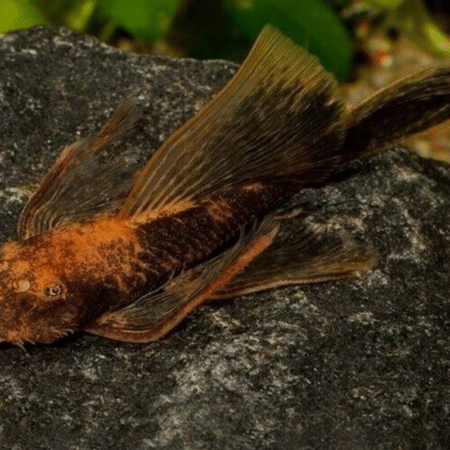



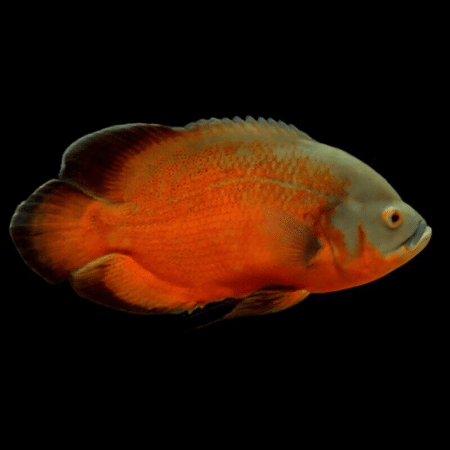


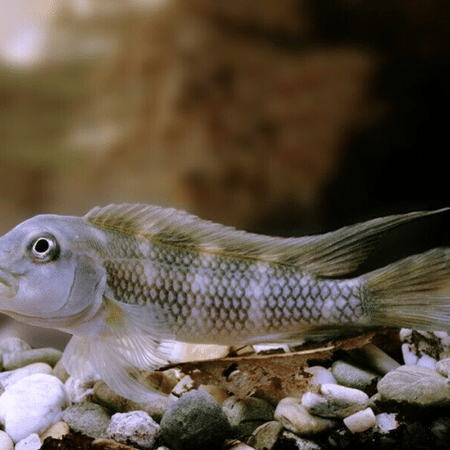
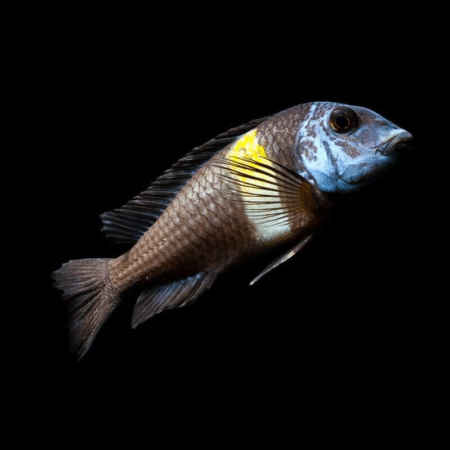
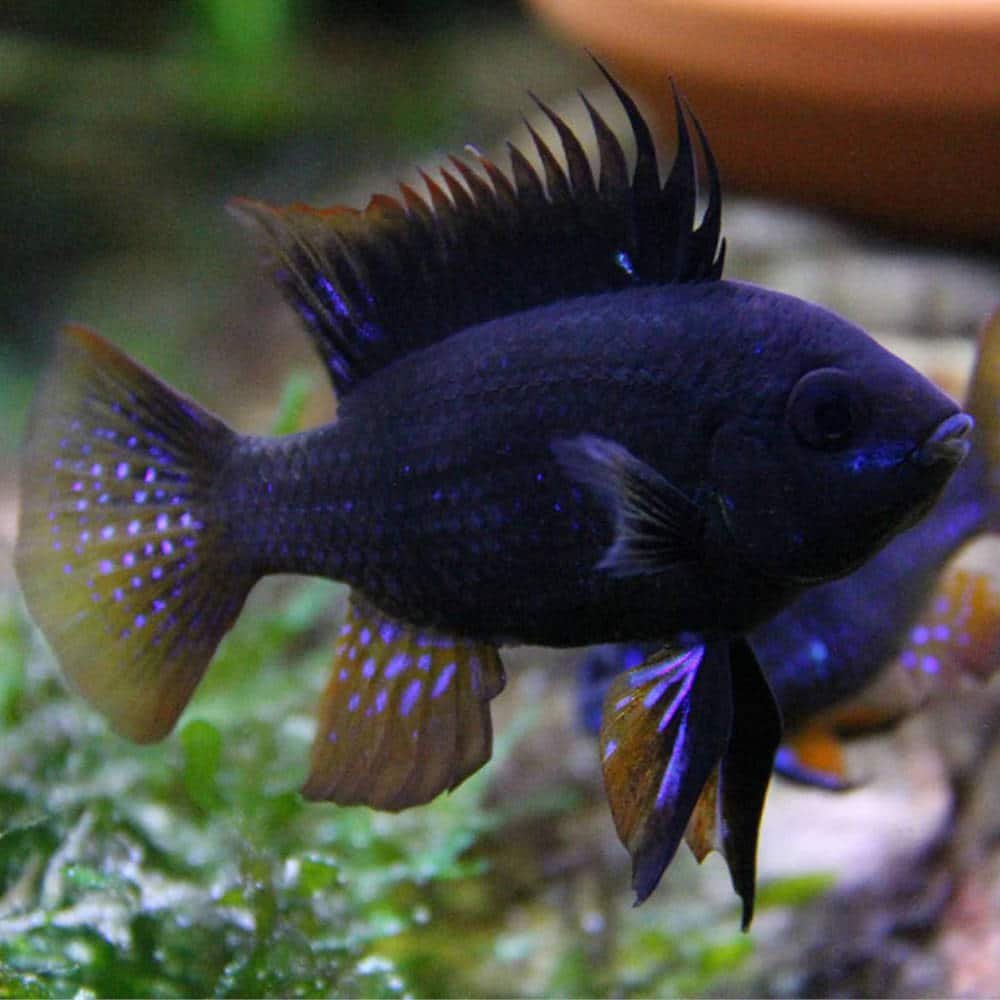













Emily Carter (verified owner) –
I recently welcomed a Mikrogeophagus Ramirezi «Black» into my 20-gallon aquarium, and I couldn’t be happier! These little dwarf cichlids are not only stunning with their deep colors and striking patterns, but they also have such vibrant personalities. After about three weeks of observing them, I’ve noticed how they engage with their environment and even interact with my other fish.
I appreciate their peaceful nature, which makes them perfect for a community tank. Compared to other dwarf cichlids I’ve kept, these Black Rams seem to thrive better in slightly warmer water, and I’ve had success with a temperature range of 78-82°F. They’ve been a fantastic addition!
I do recommend ensuring plenty of hiding spots and soft substrate, as they enjoy foraging. My only minor concern was that they can be a bit shy initially, but once they settled in, their playful antics brought a smile to my face every day. If you’re considering adding a charming fish to your setup, I wholeheartedly recommend the Black Ram Dwarf Cichlid. They bring beauty and joy to any aquarium, and their lifespan can be quite long with proper care—usually around 3-4 years. Happy fishkeeping!
Emily Carter (verified owner) –
I recently added the Mikrogeophagus Ramirezi «Black» to my aquarium, and I couldn’t be happier! These stunning dwarf cichlids are not only beautiful with their vibrant colors and intricate patterns, but they’ve also showcased some truly fascinating courtship behaviors. After just two weeks, I witnessed my pair engaging in a delightful dance, which is a joy to watch!
What I love most is how these little guys have such unique personalities, making them perfect for beginners like myself. I’ve kept a few other species of aquarium fish, but the Black Rams stand out with their interactive nature. They are peaceful, making them compatible with my community tank. However, I did notice that they appreciate having hiding spots—so adding some plants and driftwood was essential.
Overall, if you’re looking for dwarf cichlids that bring life to your aquarium and aren’t overly aggressive, I highly recommend these little beauties. Plus, they arrived promptly and in excellent condition from the seller. Remember to keep the water parameters stable, and they’ll thrive beautifully! This has truly been a rewarding addition to my aquatic family.